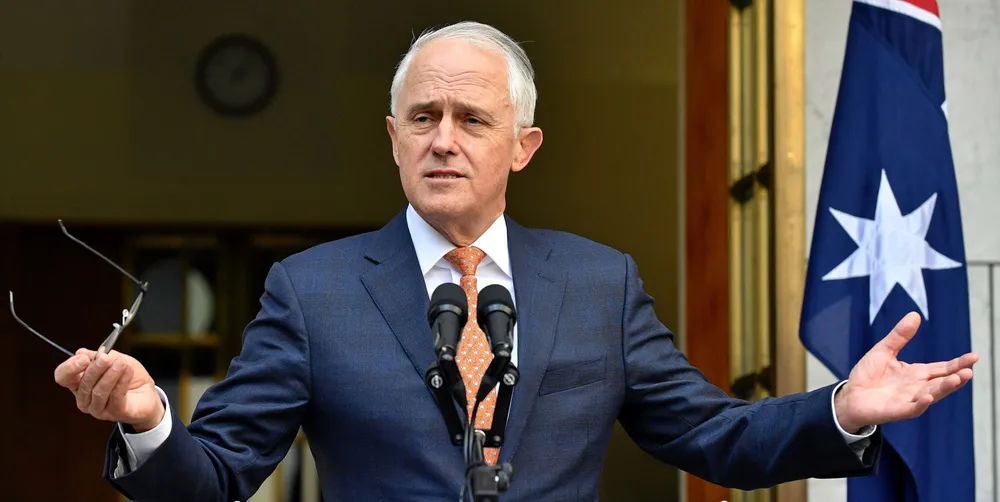Mining tycoon and ex-Australian PM form group to push green hydrogen over blue 'spin'
GH20 to be officially launched within weeks with agenda to promote H2 made using renewables over other forms of key energy transition gas

GH20 to be officially launched within weeks with agenda to promote H2 made using renewables over other forms of key energy transition gas
